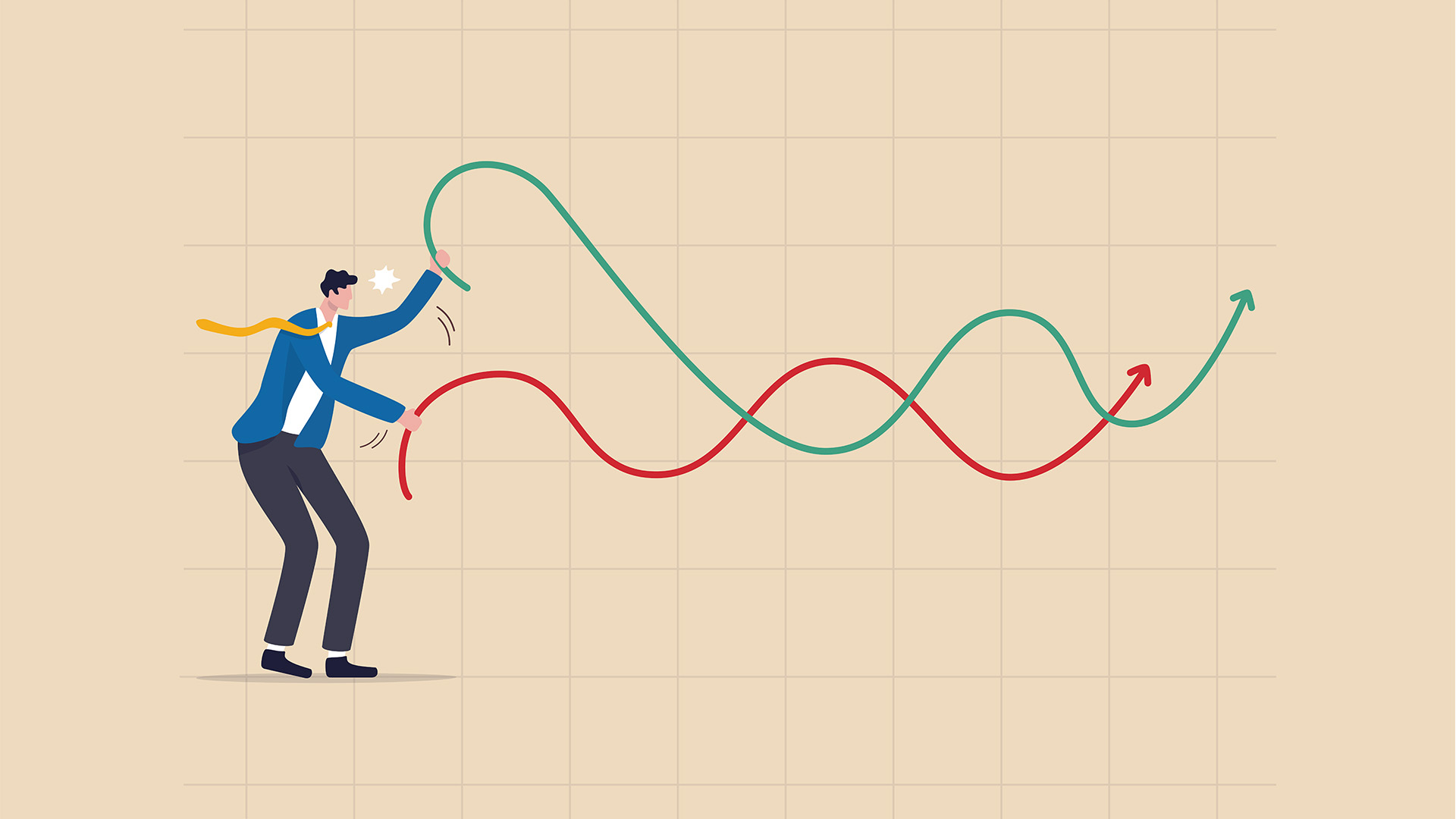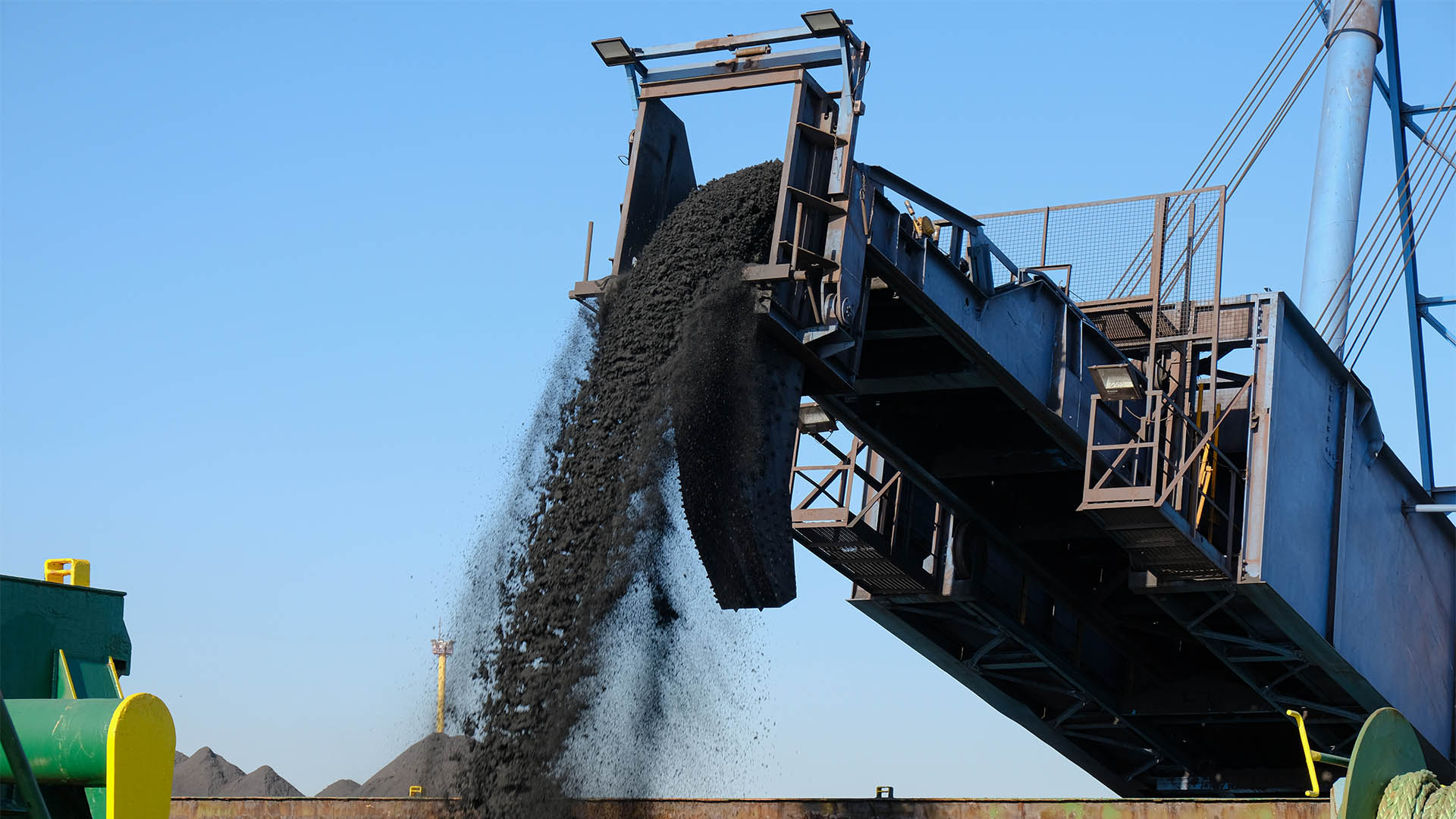At 3.30 am Sydney time on this Friday, we will get confirmation the world’s biggest economy had been brought to a dramatic and brutal halt by the coronavirus pandemic. That’s when the initial jobless claims for last week will be reported by the US Labor Department.
And it is going to be terrifying – the biggest ever rise seen in this key early warning system for the health of the US economy. It will also show that the $US2 trillion ($A3.4 trillion) currently being negotiated aid package, is not going to be anywhere enough, even if agreement can be reached.
That’s why the Fed’s latest policy move, to support every investment-grade loan in the US (including mortgages) is so important.
As Reuters pointed out on Tuesday, the Fed becomes banker in chief to American business.
And small businesses will get a similar deal via a couple of other regulators, such as the Small Business Administration, once the US Congress has sorted itself out.
The need for such moves was laid out by the credit rating group, Moody’s in a commentary issued at the weekend.
In it, the group said “The short-term economic costs are likely to be steep, the world over. In advanced and emerging market countries alike, closures are crippling both the traded and non-traded sectors of the real economy… In the worst case, entire industries could be destroyed.”
So it will be little wonder that on Friday morning, Sydney time, the latest US initial unemployment claims figures will be terrifying.
Last week the Labor Department showed the number of Americans filing for unemployment benefits surged 281,000, up from 211,000 the week before and a 2-1/2-year high as companies across America’s services sector (airlines, clubs, pubs cafes, etc) laid-off workers because of slowing spending by increasingly nervy consumers and businesses.
That was a small sign of things to come. It is going to get worse, far worse in the next month, starting with this week with economists estimating the jobs claim figure could end up above 2 million. Goldman Sachs says anywhere from 2.6 million to 3 million, numbers thought unthinkable a week ago.
“Next week, the Labor Department will likely report that roughly 3 million Americans have filed first-time claims for unemployment assistance, more than four times the record high set in the depths of the 1982 recession, according to Bank of America Merrill Lynch.
The Economic Policy Institute has job loss estimates similar to those from Bank of America—as many as 3 million workers could be downsized. It’s anticipated that 4.6 million workers will lose their jobs, according to the Travel Industry Association alone. That is just the start of a surge that could send the jobless rate spiking to 20% from today’s 3.5%, a JPMorgan Chase economist told clients on a conference call last Friday.
On top of that, Federal Reserve Bank of St. Louis President James Bullard (who is not a voting member of the Open markets Committee this year) said in an interview that the is forecasting the US unemployment rate to hit 30% in the coming month’s thanks to the coronavirus pandemic.
“This is a planned, organised partial shutdown of the US economy in the second quarter,” he said. Bullard also said he expects an unprecedented 50% plunge in gross domestic product.
The Moody’s commentary, issued over the weekend (behind a password-based free subscription wall) said “The long-term consequences will depend not only on the depth and duration of the hit to economic output, but on whether it will cause lasting damage to balance sheets of households and businesses. Without policy support, many businesses that depend on a constant stream of revenue will close and lay off their workers.
“While the shock could disrupt many sectors, the burden will weigh disproportionately on the transportation sector, the energy industry, hospitality, healthcare, and consumer services, especially hotels, restaurants, and leisure. In the worst case, entire industries could be destroyed.
“The detrimental effects will likely be more acute in some regions than others, not only because of the differences in the trajectory of infections and in measures to limit the spread but also because of the geographical concentration of certain industries.
“The demand shock from consumers scaling back spending is bound to be severe, resulting in outright loss of economic output.
“Much of this loss will be permanent. In particular, the loss of service sector output will be unrecoverable for the most part. And even in the manufacturing sector, the damage from production shutdowns, even if temporary, will not be fully recovered.
“The sudden and sharp increase in risk aversion, fed by the fear that economic activity will be severely curtailed for months, has the potential to propel a self-fulfilling vicious cycle of deteriorating confidence, weak earnings expectations, lower business investment, retrenchment in employment and a further pullback in consumer spending.
“The short-term economic costs are likely to be steep, the world over. In advanced and emerging market countries alike, closures are crippling both the traded and non-traded sectors of the real economy. As a result, GDP growth will be permanently lower.”
But for Australia and New Zealand, a tick from Moody’s for their measures, so far: “the measures highlight the strong institutional capacity of both Australia and New Zealand to develop emergency fiscal responses during an unprecedented global shock.
“The measures also demonstrate a high degree of fiscal flexibility that allows for larger near-term budgetary expenditure without threatening longer-term fiscal strength.
“We do not view this near-term budgetary expansion by both sovereigns as significantly threatening their fiscal strength. Indeed, it highlights the flexibility and capacity that both governments possess to utilize fiscal policy to support their credit profiles amid an increasingly difficult global economic environment. “












